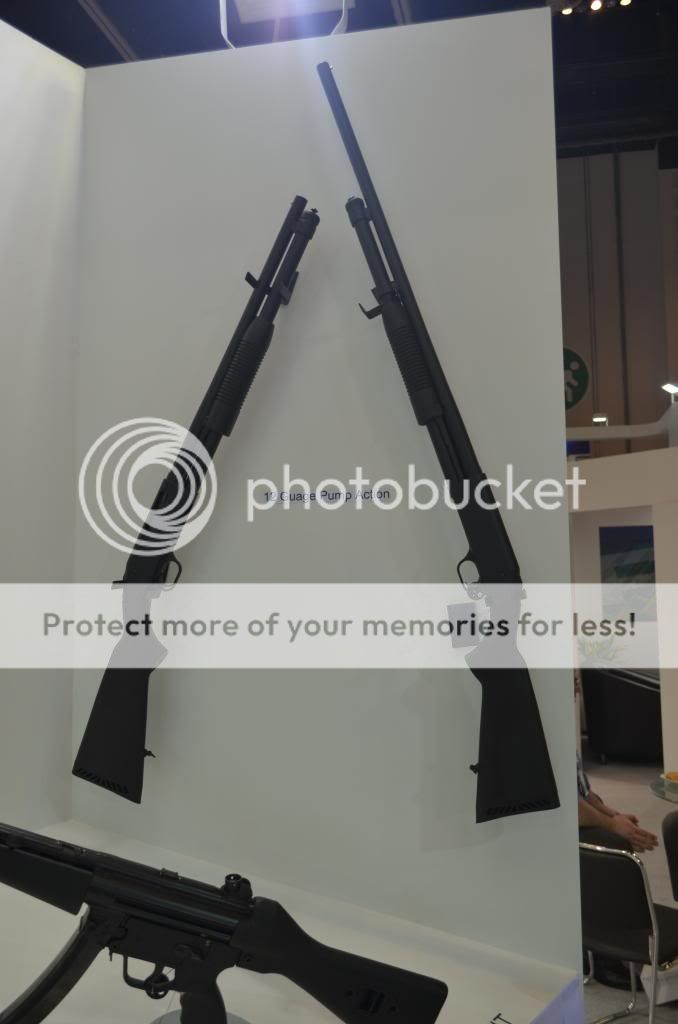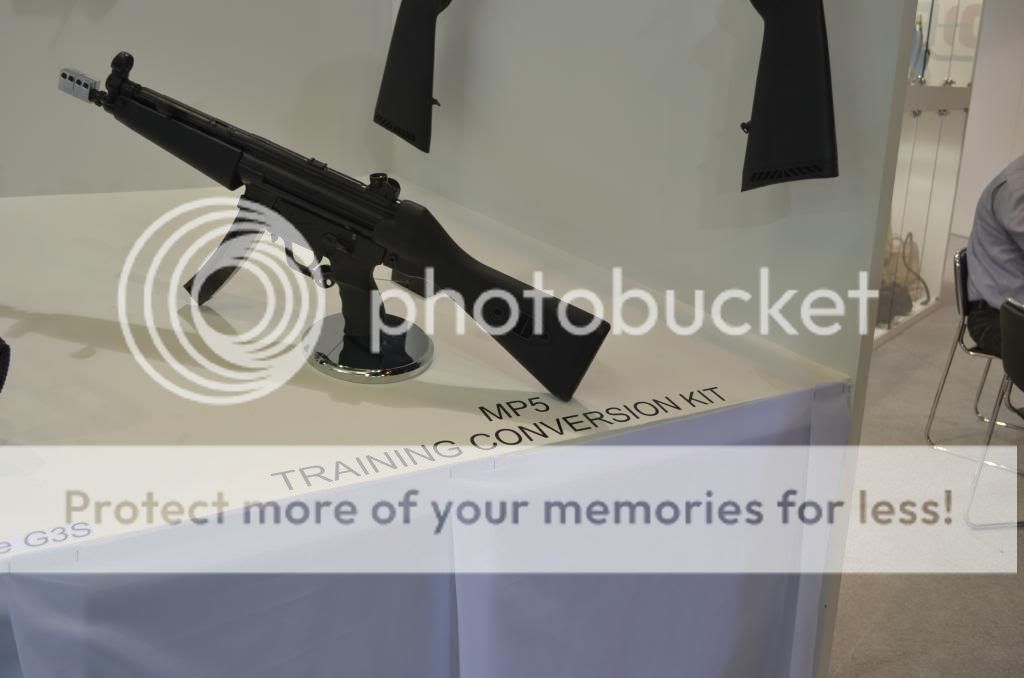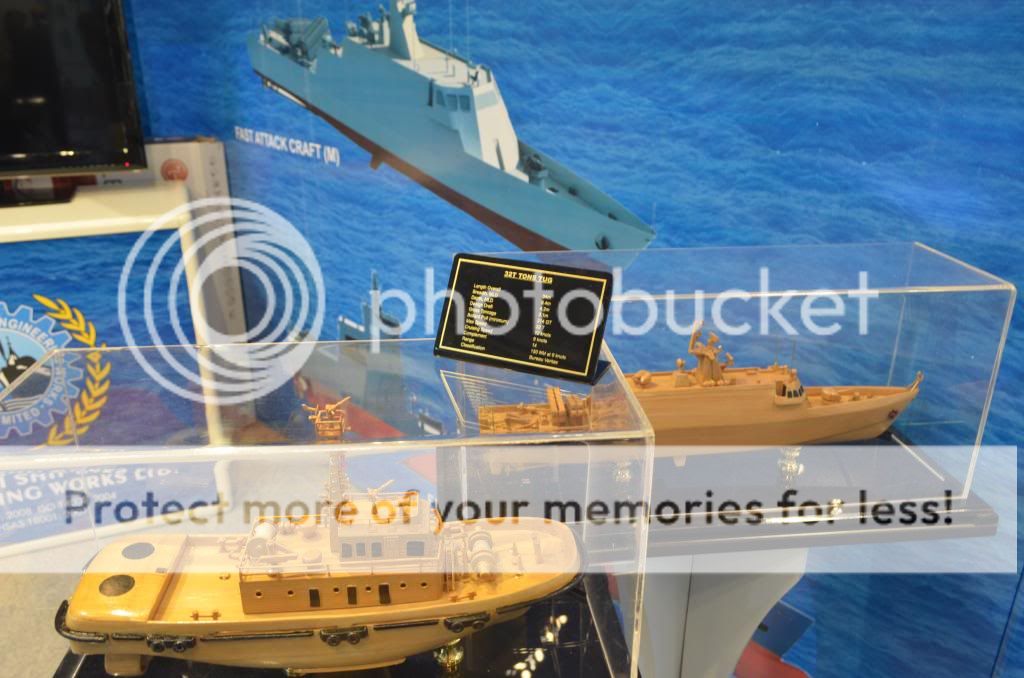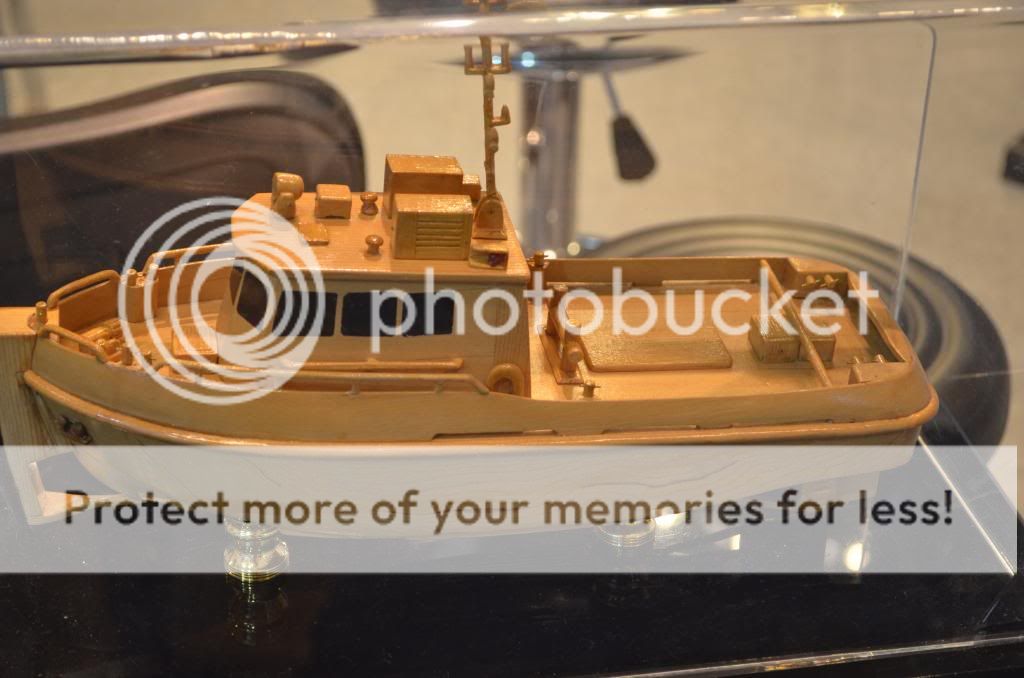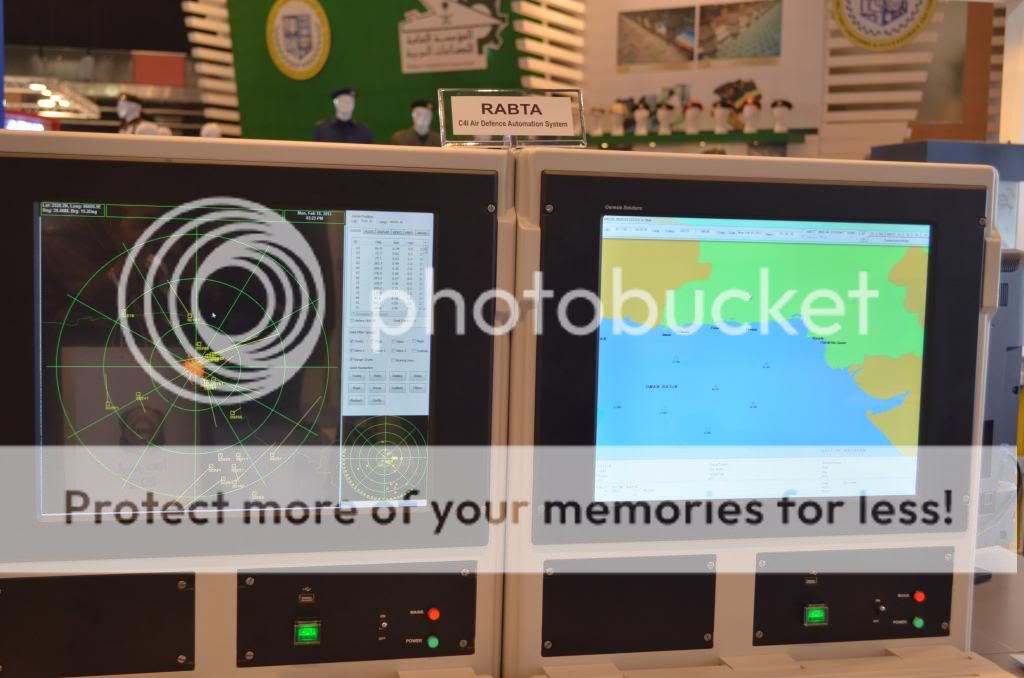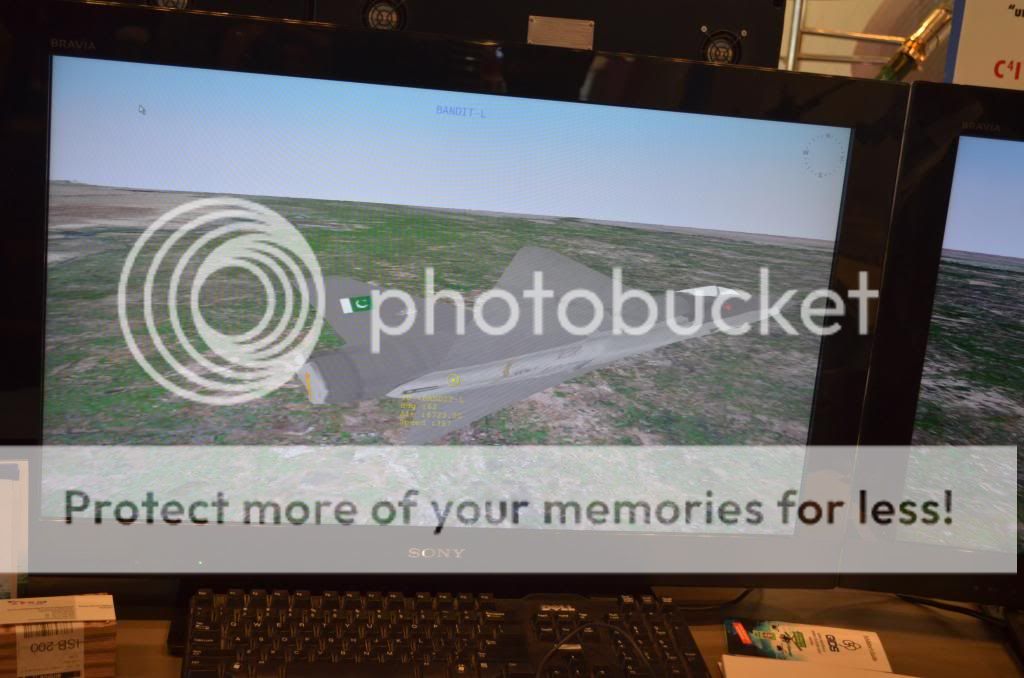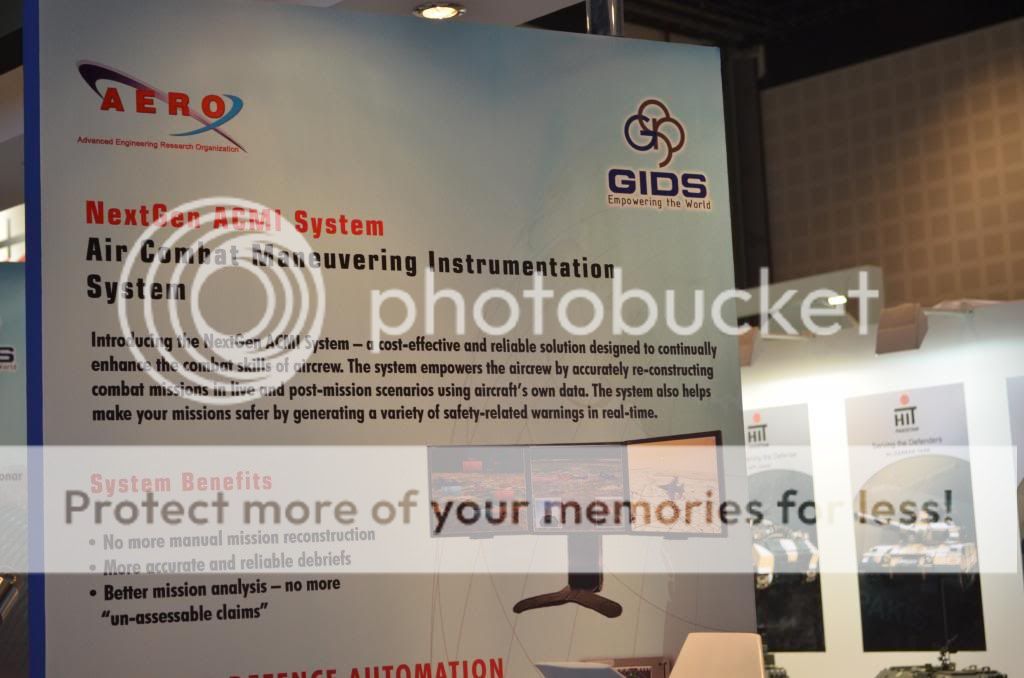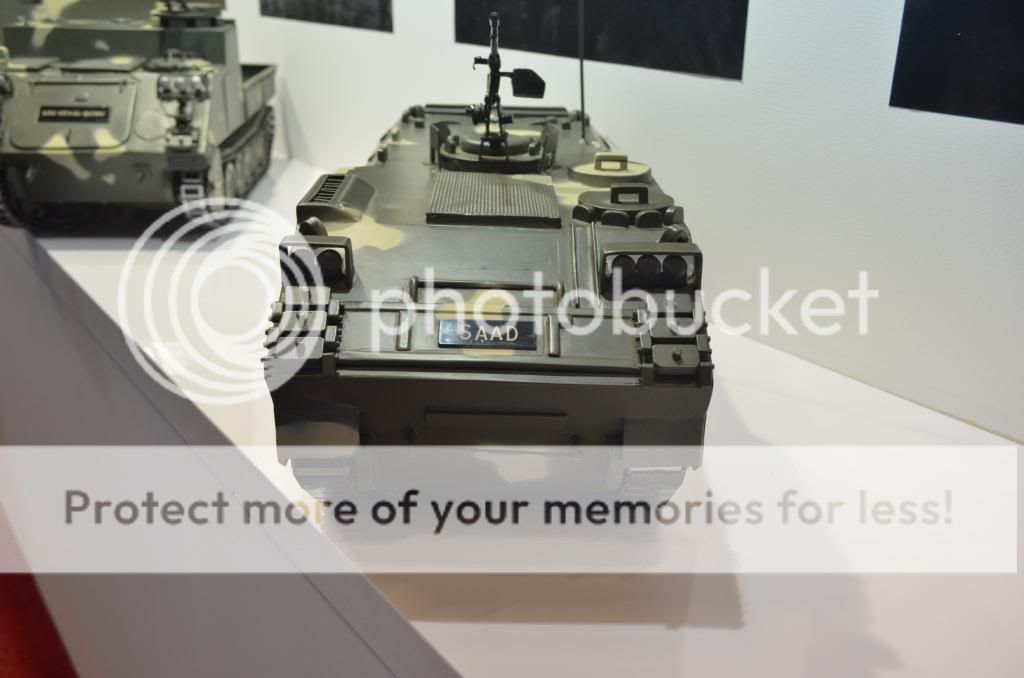The Way of the Gun: The legendary gunsmiths of Darra Adam Khel
The skills of the gunsmi*ths of Darra Adam Khel are the stuff of legend. But how much is fictio*n and how much is fact?.
By Riaz Ahmad
Published: November 4, 2012
In his 1922 book, Story of the North West Frontier Province, author JM Ewart writes: “That gap in the low hills (south of Peshawar city) marks the Kohat Pass, which really has a better claim to being a historic highway of invasion than the Khyber itself. By it, across a neck of Afridi country, runs the Frontier Road to Kohat and Bannu, to Dera Ismail Khan and Razmak.
The villages of the pass are famed for a strange industry — the manufacture entirely by hand of rifles and ammunitions, especially rifles, to the eye so like the products of European arsenals as to deceive all but experts. For these, since they are comparatively cheap and serviceable, there is a ready sale all along the border.”
Going by what Ewart wrote, it seems that Darra Adam Khel’s armament industry and black market was well-established and well-known even a century ago. In 1920, there was no centralised market, but scattered units located away from the main highway which passes through the region.
It was only after independence that a market, in the true sense of the word, emerged.
No one, however, knows about when arms manufacturing in Darra actually started, but it is claimed that it was established by Hindustani karegaran who came to Darra, most likely from Punjab. The local people not only provided them with shelter but also allowed them to set up workshops.
For themselves, the locals chose the more profitable and far easier job of becoming arms dealers and to this day, 99 per cent of the gunsmiths are non-locals but almost 100 per cent of arms dealers and shopkeepers are locals who enjoy a complete monopoly over the trade.
But why did some people, who were very skilled gunsmiths, come to this far flung part of the subcontinent? Locals claim that the first gunsmith who came to Darra Adam Khel was in fact a deserter from the British Army, possibly around the time of the 1857 rebellion, who came to Akhor village where he was accorded a red carpet welcome.
The tribesmen of those days, much like the tribesmen of today, loved their guns and were delighted to have at their disposal the skills of this British gunsmith. Even in the lawless tribal areas, the law of demand and supply remains inviolable, and Darra became a famous weapons manufacturing center within the short span of a few years.
The British called the guns produced by these Hindustanis the ‘pass-made’ guns while in his book The Way of the Pathans James Pain refers to them as ‘Afridi’ guns.
Today, most of the local people prefer imported arms for their superior quality, but if you have a tight budget, it’s advisable to find one of the skilled gunsmiths of Darra and get a gun made on order.
“If you want a hand gun for self defense then you should purchase a TT pistol from Malang, who is a very skilled gunsmith,” one of my friends from Mattani told me. “But you have to wait for at least two months because the man already has hundreds of orders.”
He added that if I wanted something fancier, then I should look up Nawabzada Ustad, who is known for producing exact copies of the world-famed and highly prized Holland & Holland double barrel shotguns. “But his gun would cost you Rs200,000 a piece and you have to wait for at least three months,” he cautioned.
Now equipped with all this advice I headed to Darra Adam Khel. Every vehicle had to undergo strict checking by Frontier Corps personnel and because of the lengthy question and answer session, there was a long line of vehicles at the very first entry point just outside Darra.
Once I got there, I was met with disappointment.
“Boy, do you want a gun for hunting? Well, Nawabzada is no longer here. As you know he is from Mardan and he has now established a shop in Mardan”.
These were the remarks of an old man who introduced himself as Shah Jehan Ustad inside the Malik Market of Darra. Seeing my disappointment, but obviously excited by the prospect of finding a customer, he went on to interrogate me every bit as forcefully as the FC had.
“Do you have a large salary? How much do you make? Not everyone can afford Nawabzada’s guns, you know. They are excellent but very expensive.”
As he spoke, he quickly offered me a chair and sat me down, telling me that the famous Nawabzada had left Darra for good after the 2007 military operation when the entire market was forced to close down for almost a year. Many of the gunsmiths had to relocate. While Nawabzada still owns his old shop in Malik Market, the shutters are down permanently.
“You know I have worked here since 1965, when I came here all the way from Mardan as a teenager. Nawab’s father was my cousin and he was the first man who copied the world famous double barreled Holland & Holland shotguns. He transferred his skill to his two sons who have now left Darra for good,” claimed Shah Jehan.
This old man and all his family, including his son and first and second cousins, produced only double barrel shotguns. “I’ve made these guns from day one, but these are hard times for me. Only enthusiasts or very rich people buy these guns which cost at least Rs50,000 a piece at minimum.” He went on to complain that he barely managed to sell one gun a month as there was also stiff competition in the market.
“Pakistan is a small market and my quality is not of international standard. We use locally produced steel which is not really of weapon grade. We also lack technical knowhow so our guns are not that durable despite the fact that Darra’s weapon-making units are as old as the Holland & Holland company itself,” he said with a mixture of pride and regret.
It was strange for me to learn that there are over 2,500 skilled gunsmiths, originally hailing from the Attock district of Punjab, who have worked in Darra for generations, while another prominent gunsmith community hails from Azakhel, Nowshera.
Contrary to popular belief, only about one per cent of the gunsmiths are locals. The people from Attock speak excellent Pashto, albeit with a Peshawari accent, and are considered to be among the most skilled of gunsmiths.
“I came to Darra in my childhood as one of our neighbours was already working here. I earn around Rs20,000 a month by colouring (browning) the guns but other people from Punjab make guns and work in different factories in Darra,” said Saadullah, a resident of Attock.
We met a local gunsmith, Farid Shah from Zarghoon Khel, Darra. This man has a workshop set inside his small shop and has a single helper. “I produce Kalashinkov (AK-47) rifles and 12 gauge shotgun rifles in the Kalashinkov design,” said Farid Shah.
Replying to a question about the quality of his guns, he simply said that his guns were no match for the Russian, Chinese or Pakistani guns produced in Wah Ordnance Factories.
“A gun made manually from ordinary steel manually cannot match a gun produced in a well equipped factory from weapon grade steel using computerised machines,” claimed Farid, adding that his guns were bulky and since there is no standardisation in the workshops, it is not possible to replace parts.
Hence, if something goes wrong the entire gun has to be thrown away.
“This gun costs Rs12,000 a piece and takes 10 days to complete. But we cannot produce quality automatic weapons. Locals know it that is why no one would buy a Darra made AK-47 rifle in Peshawar or the rest of Khyber-Pakhtunkhwa (K-P).
These are sent to Lahore and Karachi instead,” he said, adding that despite their inferior quality, the Darra AK-47 was in great demand in Punjab because original Kalashnikovs cost Rs100,000 a piece.
Clearly disdainful of the standards of his Punjabi clientele, he goes on to say that a Pathan would ask for a guarantee before purchasing a gun and would most likely go for a serviceable hand gun or shot gun.
Their weapons of choice are either TT pistols, pump action shotguns, double barrels or a Beretta 9mm pistol, as those designs had proved successful over the years. Non-locals, and in particular Punjabis, go more for the ‘look’ of the weapon rather than how reliable it is.
“People from other parts of the country come here with pictures of pistols or automatic rifles and insist that we produce it for them despite the fact that we cannot simply copy a gun from a picture!” he added.
Modernisation of the Darra workshops is possible but the biggest hurdle faced by these units is that the entire industry is not regulated, or even legal for that matter.
Recently, a local investor got a license from the K-P home department and established a unit after making a total investment of Rs8 million but the license was cancelled after eight months following an objection by the law department.
“I got a license from the home department and when my unit started production my license was cancelled,” said the owner of the unit Shah Nawaz Afridi, adding that he was going to court against it.
“Ours is an illegal market and that is the biggest hurdle. But no one allows us to go legal as is evident from the home department’s decision,” he said with anger, adding that if licenses were issued to Darra units it would help the government because the arms trade could then be regulated.
“Look at the example of Turkey. A hundred years ago it didn’t have a single arms manufacturing unit but today they have dozens of well equipped units that are producing guns of local design and earning the country a good name and a lot of cash by exporting their products,” he said, adding that in Darra, guns were produced by hand using centuries-old techniques that were now obsolete.
“A TT gun produced in Darra costs Rs9,000 a piece and it is not of international standard, but a world class TT pistol produced in China is wholesaled at $50 a piece and I blame the government and its flawed policies for it,” he argued, adding that Darra is considered a problem by every government and is blamed for providing arms to terrorists in Karachi and anywhere else in the country.
“There is a myth that gunsmiths of Darra can produce even atom bombs. In fact they cannot even produce a serviceable AK-47 automatic rifle!” he says, referring to the famed gun that is the weapon of choice for insurgents and terrorists the world over. “You can’t be a terrorist by using weapons of this poor quality,” he says with finality.
Among Shah Nawaz Afridi’s pet peeves is that the government simply has not had the imagination to harness the potential of these weapon makers.
“Take Faisalabad, for example. It is a small city which has become the hub of the textile industry; the government established a textile engineering college to support the industry, thus making it one of the most industrialised cities in the country.”
In contrast, he says, Darra’s skilled gunmakers have been completely ignored. “They could have established an engineering college in Darra to support the local industry to help it become world class, but that did not happen.”
He even has an argument to counter those who say that weapons manufacturing should not be encouraged.
“If you want these gunsmiths not to produce guns, you should train them to manufacture auto parts or other useful things. They could be trained to produce air rifles, but do you know not a single unit in Darra produces air rifles despite the fact that a world class airgun is sold at $500 a piece on the international market as compared to $50 in the case of a TT pistol?”
Shah Nawaz added that the gunsmiths of Darra lacked the required type of steel which is light in weight and high in strength, and has undergone heat treatment techniques, surface treatment and parkarisation.
The latter is a technique used to protect a gun’s surface from corrosion and wear and tear. Once he starts listing all the things the local gunmakers lack, it is difficult to get him to stop.
“There is no standardisation in our manufacturing units so everyone produces guns whose parts are not interchangeable. This means you cannot export them and if you do, it would only earn you a bad name,” he said.
Shah Nawaz explained that every new government put a ban on arms licenses after coming into power and the nine years of Pervez Musharraf were the worst for them.
“If there is no license no one will buy my hand guns. And if there is no local market then how can I survive?” asks arms dealer Hassan Gul, adding that terrorists and criminals don’t use licensed weapons in any case.
The Musharraf government only banned licenses in order to fool the people into thinking they were acting against crime and terrorism, he said as he sat back into his chair.
Still, Gul and his handgun business has better prospects than others like the forlorn shotgun maker Shah Jehan. The price of a TT pistol has jumped to Rs8,000 or Rs9,000 as compared to Rs4,000 to Rs5,000.
“Pistols sell like hot cakes because there is a ban of the display of weapon in the country, and you can carry a pistol in your pocket. Today, 80 per cent of Darra’s workshops produce TTs or other types of pistols,” said Gul, adding that in the past 10 years a number of factories had start copying expensive 9mm pistols like the Glock-17, Beretta, Smith and Wesson, and the Czech made CZ-75.
So not all of the legends about Darra Adam Khel are true; they can’t build F-16s and nuclear weapons. But a lot of the bad press is also unjustified, in that the arms makers are not really fuelling terrorism either.
What does exist, however, is a pool of talented gunsmiths who, if given the technical training and the chance, could possibly spearhead the economic revival of an entire region.
Published in The Express Tribune, Sunday Magazine, November 4th, 2012.





























